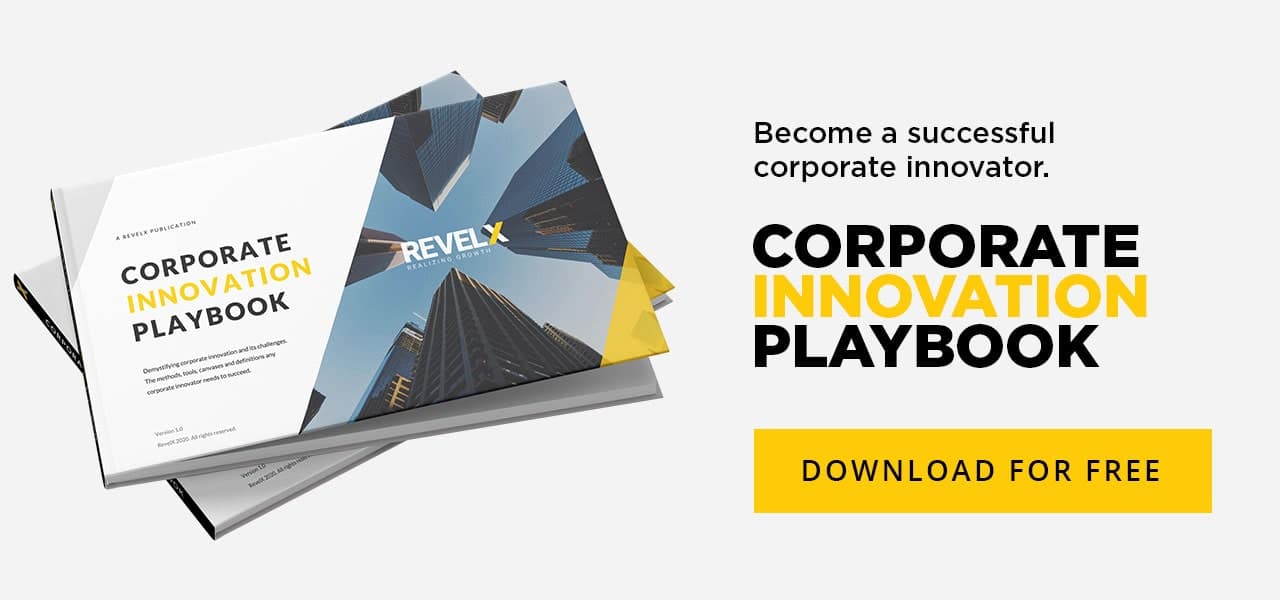This is the third interview of our blog series of CEO talks on innovation. Over the last year I interviewed many CEOs of various international companies, large and small, profit and nonprofit, grownups and scaleups in all sorts of industries. The leading question was always: “How do you organize your innovation most effectively?” The discussions were confidential, and content was often competitive and market sensitive. In order to get the most out of these interviews we have chosen to treat them anonymous. The results are short corporate stories. Honest and insightful. A great way to share knowledge and innovation experience.
Technology innovation theatre?
An interview with a Board member of a leading international telecom company.
Many activities and structures
Our company is very active in the field of innovation. We take great pride in our technology labs, that focus on building proof of concepts, whilst exploring the boundaries of technology. Ranging from 1 to sometimes even 5 years of developing. After that we take it into the field labs and check our assumptions with selective audiences, customers, and suppliers. We organize Hackathons, Innovation Contests, and prizes. We also deploy open innovation hubs and create links with startups and scaleups. We even deploy our own Venture Fund that assists in financing series A/B for promising startups.
Innovation theatre?
On the surface a lot is happening in and around our company. But partly due to loss of leadership it is not well connected. Our innovation effort results in just 1% of the total business. We suffer a bit from ‘innovation theater’. Innovation is lacking proper governance and a sense of direction. Governance is now being setup through an Innovation Board, but leadership is still not clear. All structures and activities more or less ride their own course and have their own horsemen. Ventures for instance is specifically aimed at external exits. Whereas it should be much more connected to the business aiming for its ventures to become part of our corporate family. Why else have your own Fund when there are so many external funds around, loaded with lot’s more money. You would expect a more explicit policy in making the connection of leveraging the key (in)tangible corporate assets.
Technology driven
In all honesty our innovation is very much a technology push and not much customer focused. Innovation takes place in a blue ocean of all sorts of technology (Internet, mobile, IT, IoT, AI, Blockchain, etc.) and how this technology effects society and specific business sectors like Health Care, Buildings or Society.
How do we bring technology and business together? That is one of our key challenges. Our organization is so much technology driven, that innovations find it hard to liaise with the business. And because of this focus, we hardly develop enough for the final customer at home. Some major technology changes, like 5G, are so dominant. But in its core are only replacing something that is already there, only bigger, and faster.
Governance
A lot of the innovations are nowadays centered around the CTO. Many of the specific activities and structures have a strong technology focus. Our Tech Labs are dominated by mobile, whereas open innovation by IT. In theory many more departments and or officials are responsible for innovation. But in all honesty, the CTO is pretty much running the factory. We used to have some more balance in the leadership team, but some key players left the company, creating a void that we didn’t fix (yet).
Connection to the business
Next to the flaw of dominance by technology, hand overs from labs to the business are not well taken care of. The business is not properly connected; most of our business is too much mass (marketing) oriented. The dogma is: ‘if it is not suited for >50% of our customers it is not a good venture.’ A lot of innovations get stranded on the shores of the day-to-day business and in the process, we are losing a lot of innovation strength. For example, with our smart home solution we are now 3 years’ work in process trying to integrate it in the business, and it is still not finished.
Effectiveness of innovation
There are two other main causes that have a strong effect on the success of our innovation. Everything we do in innovation is measured by the overwhelming technology changes in 5G and its various applications. These investments are from another magnitude and determine almost everything else. Another reason is that we stick to a self-imposed rule that all ventures need to land in the existing organization. Even if that seems to be ‘not fit for purpose’. At least not for the stages of many innovations. After all, in many cases the masses are not there (yet). Everything needs to land in the same large swamp.
The good news is that my humble self-reflection shows many influential areas of potential improvement, starting with our own leadership.
The ‘how to’ topic accrued out of the feedback that we got from readers of the book I have written on innovation with my esteemed colleague Matthijs Rosman called ‘DARE, The Mindset for Successful Innovators in the Digital Age’.
The purpose of the interviews is to create a new publication as successor of DARE. Do you want to join the conversation? Feel free to contact me at eric@revelx.nl.
Eric de Groot
Boardroom strategist with unparalleled creative brainpower. Always focused on growth. Creates speed by combining business modeling with inventive pragmatic solutions. Invests in involvement over a sustained period.
Related posts
Measuring Innovation: A guide to building investment confidence
Discover how innovation accounting ensures your business…
January 21, 2025
Introducing ISO 56001: The new standard in innovation management
ISO 56001 provides organizations with a structured…
January 14, 2025
Manual vs AI-powered subsidies search: A novel approach to public funding
Ever felt like finding the right subsidy feels like…
November 20, 2024




